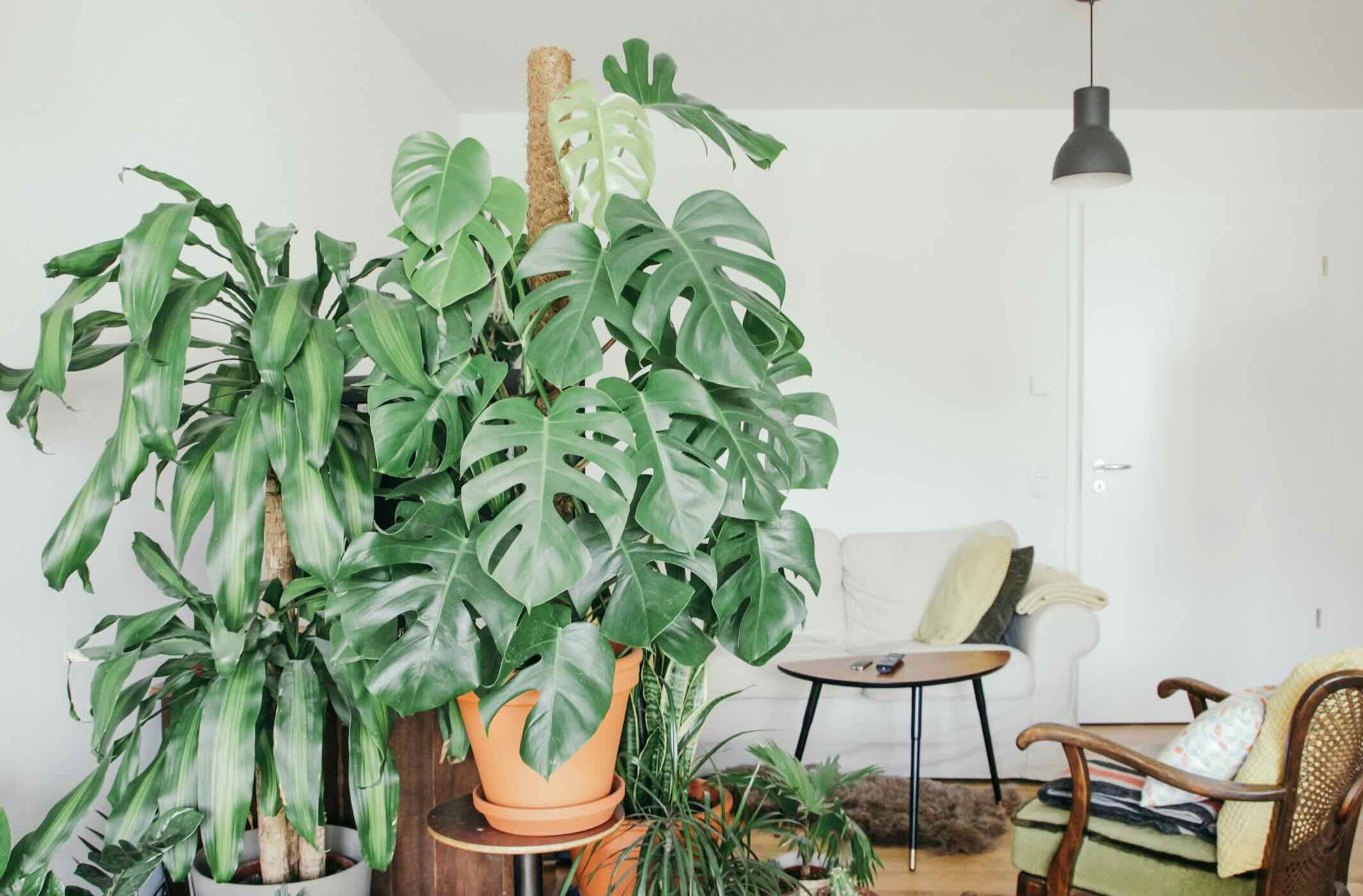
This is how you can do it easily too.
Consciously shopping
Shopping is not sustainable. At the same time, we also realise that sometimes you need – or want – to buy something. Anyway, we at Productpine want to make you more aware of your shopping sessions and encourage you to reconsider your purchases. After all, it is often not necessary to buy something, because you can also repair or borrow. Still want to buy something? Then do so right here, so we can invest a part of your order value in climate projects. Read more about how we price our products and what the new shopping looks like below.
What do we mean by 'best price'?
To make sustainable shopping accessible, we believe it's important you experience as few obstacles as possible to choose the more sustainable alternative. The price of a product is an important consideration when making a purchase. Unfortunately, in many instances, the more sustainable alternative is more expensive. As a result, there is a gap between a consumer's sustainable intention and the actual level of sustainable purchases. This is also known as the green gap and it is estimated to be around 50%. At Productpine, our goal is to remove this obstacle for our consumer, and make contributing to more sustainable shopping easier. As a result, the brands on our site pay to offset the product's carbon footprint.
With us, the price of each product is matched with the lowest price on the market. "Best price" does not mean that we are always the cheapest. And we don't have to be at all. Unrealistic bottom prices can backfire and encourage over-consumption. For example, there are sellers who dump leftover inventory online for prices even lower than the cost of a product. This is not consistent with a sustainable future. As a result, our best price promise has a lower limit.
Why is consuming less that important?
Overconsumption is the root of the problem, because consuming creates a lot of waste.
You make an impact by decreasing the "demand" for products. Less demand? Then fewer products are made as well.
For example, did you know that furniture can last an average of over 14 years? Consider with every purchase whether it is really necessary. Here you can use the R-strategies:
- Refuse: do I really need this product?
- Rethink: can I get this product in another way, for example by borrowing it from my neighbours or family?
- Reuse: can I buy this product second hand?
- Repair: can I refurbish and use an old version of this product?
- Refurbish: can I buy a refurbished version of this product?
- Recycle: can this product be reused?